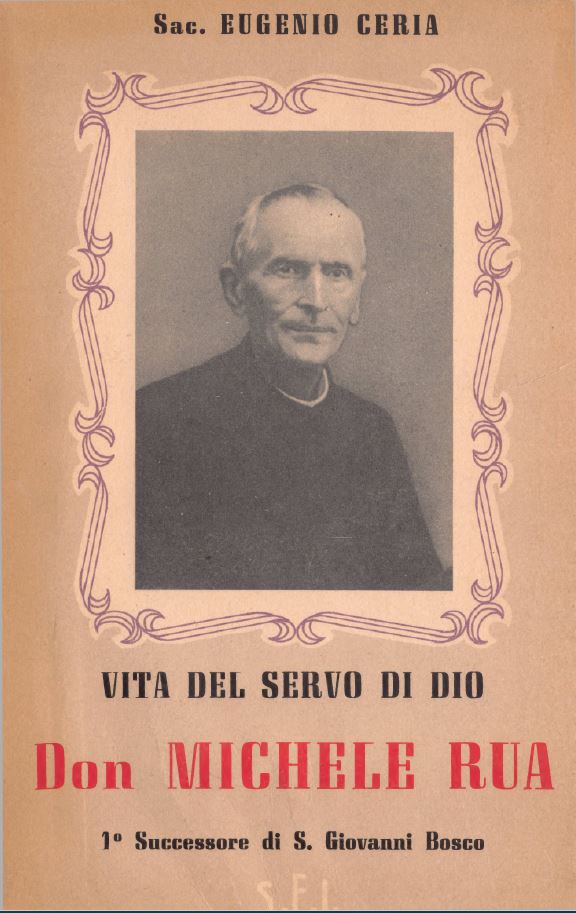Don Bosco was a man who dreamed dreams. His dreams became reality and are still becoming reality. A lot of people think that he had a dream that is connected with the Korean province. The dream concerns the evangelization of Northeast Asia. If we look at the historical records that we have in our possession, the first Salesian confrere to set foot on Korean soil was the “Don Bosco of the East”, the Eastern Interpretation of Don Bosco’s Preventive System, the Venerable, Fr. Vincenzo Cimatti. ln 1934, he went to Manchuria to give a concert. At the same time he visited Korea, giving a concert in four cities. After that Fr. Cimatti himself as Provincial began to form missionaries in Japan to send to Korea. The first Salesians to enter Korea were the fruits of these endeavors. Continue reading “Michael Chang – “A concise history of the salesian corean missions” in “The beginning of the Salesian presence in east Asia”.”








